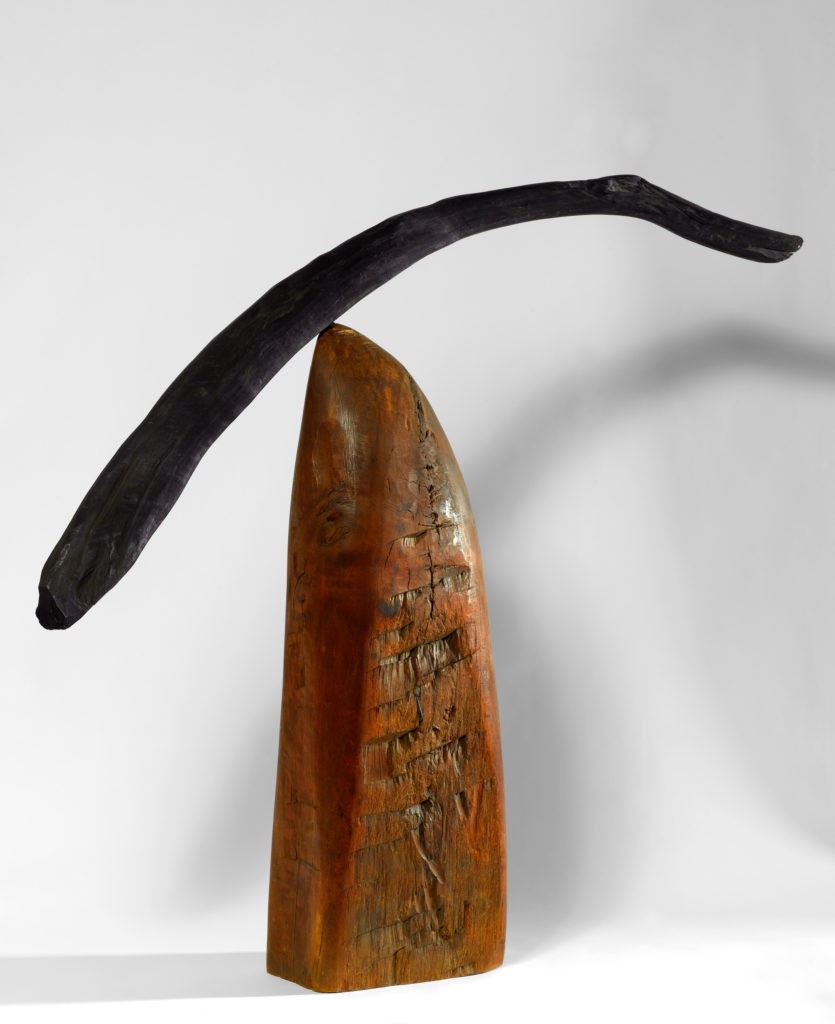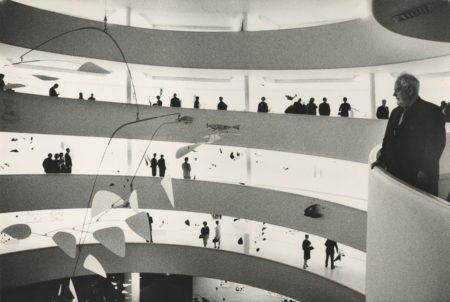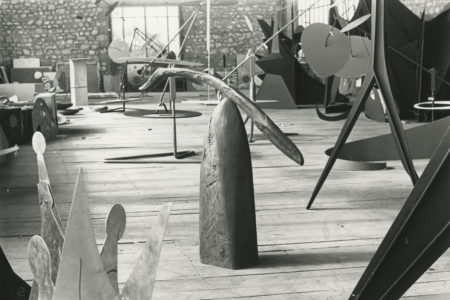



Solomon R. Guggenheim Museum, New York. Alexander Calder: A Retrospective Exhibition. 6 November 1964–31 January 1965.
Solo ExhibitionMusée National d’Art Moderne, Paris. Calder. 8 July–15 October 1965. Originated from the Solomon R. Guggenheim Museum, New York.
Solo ExhibitionFondation Maeght, Saint-Paul-de-Vence, France. Calder. 2 April–31 May 1969.
Solo ExhibitionMusée National d’Art Moderne, Centre Georges Pompidou, Paris. Alexander Calder: les années parisiennes 1926–1933. 18 March–20 July 2009. Originated from the Whitney Museum of American Art, New York.
Solo ExhibitionMusée Picasso, Paris. Calder-Picasso. 19 February–25 August 2019.
Group ExhibitionRoland Penrose’s “International Surrealist Exhibition” at his New Burlington Galleries, London, includes two sculptures by Calder, among them Requin et Baleine. André Breton writes the preface to the catalogue.
Following a visit in October of 1930 to Piet Mondrian’s studio, where he was impressed by the environmental installation, Calder made his first wholly abstract compositions and invented the kinetic sculpture now known as the mobile. Coined for these works by Marcel Duchamp in 1931, the word “mobile” refers to both “motion” and “motive” in French. He also created stationary abstract works that Jean Arp dubbed “stabiles.”